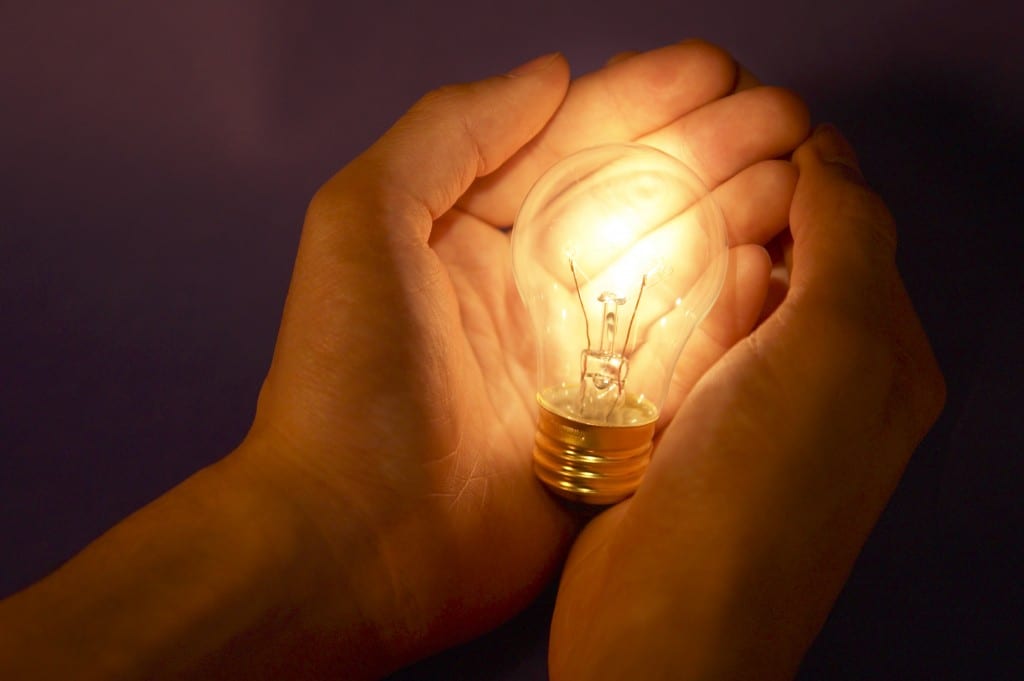
Almost every conversation at this week’s CERAWeek was based on the view that a new chapter has begun for the international energy industry. COP21 and a $30 a barrel oil price has had a profound effect on the energy industry. As communicators, we have to be aware of this new dynamic and re-examine our messaging accordingly.
The last minute historic agreement at COP21 was hailed as an “outstanding achievement for French diplomacy” and “an end to the fossil fuel era.” The outcome underscored participants’ vision that the world is heating up due to human activity and, unless carbon intensive practices are reduced, rising temperatures, and what that means for our environment, will become a huge risk for many people around the world.
This makes 2016 the first year that the modern energy industry has had to fully re-evaluate its business model, and the way it communicates across all channels and audiences.
So, what might happen next?
- Coal will be on the defensive.
Growing evidence of environmental and personal health effects are crucial here across all markets. In parallel, air quality and public health issues are now really hitting the headlines in the APAC region. This means coal communicators need to fully reevaluate their messaging before less pollutive industries launch anti-coal campaigns targeting both consumer and institutional audiences. - Gas will try to differentiate itself from fossil fuels.
Gas has been fighting hard to break away from the “fossil fuel” tag of late, so that it can present a cleaner image. Gas will continue to look to demonstrate its advantages over other fuel sources, whilst also making the case that it can be the best partner for renewables.
It’s also worth noting the significantly enhanced revenue generated by natural gas for international oil companies. Many of these companies are rebranding themselves as gas or energy companies, increasing the likelihood of enhanced gas advocacy. Here, communicators also need to reassess their core messaging and positioning. IOCs are becoming IGCs and the industry fundamentals are very different.
- Renewables will try and hold on to the COP21 feel-good vibes.
Today renewables have a big opportunity to influence policy makers and investors so that they are taken more seriously and receive greater funding. Get ready to see ongoing references to “promises made” at COP21 as the renewables industry looks to both capture the optimism of the Paris Agreement and turn it into an issue of trust. Don’t be surprised if you see “#COP21promise” as a digital campaign for the six month and one year anniversary of the agreement. - Fear will be a constant factor across the entire energy sector
The oil industry is likely to have to continue to deal with a glut of supply and more low-prices. 2016 has already to seen more job cuts and major projects shelved. Big energy and utility companies have been forced to increase leverage to pay dividends or risk their equity valuations. The fear will grow when you consider the general lack of liquidity in the corporate debt market. Debt is the key lubricant in the energy industry as development is traditionally debt funded. The IOC/NOCs are safe, however the downgrading of energy companies by major ratings agencies could be the match that starts a bush fire in upstream specialists.
Many communicators will already feel like they have lived through months of issues and crisis communications. But with more turbulent times ahead we need a change of mindset. Collectively we’ve been lulled into a false sense of security after a decade of historically high oil prices. Now energy communicators will have to take a leaf out of the mining communications book and both call the commodities’ cycle and manage expectations in a way that hasn’t been necessary since the last century.
There are also two more issues for consideration: Money & technology. Without major technological leaps forward, “green” energy can be significantly more expensive than traditional alternatives (especially coal) or less industrially viable than its competitors. In an era of constrained capital, the environmental lobby will have to work very hard to convince policy makers, industrial executives and the average consumer that higher bills are a price worth paying.
The kicker will be technology. Look at shale gas. A decade ago, it was largely irrelevant. Now it’s a global energy game changer. Smart grids, micro generation and new energy storage/battery technology could be similar game changers for green energy. Outside of Germany, where consumers have accepted higher bills for a significant percentage of green power generation (which, ironically, is balanced by a higher percentage of coal), green energy needs to fight smarter and develop new technology that will lower costs.
As communicators the next few years will see us have to borrow skills from other industries – in particular the authentic storytelling capability of tech’ and consumer industries – if we are to make our case. There is incredible innovation in the energy industry so we have to become masters of change narratives and use communications to help embrace this new chapter. The shifts we have seen in public perceptions around energy should be a clarion call for energy communicators the world over.